30/4/2022
Stream restoration filters out pollutants from our local waterways and improves the health of the ecosystems that are within and around them. Researchers in Maryland found that the homeowners in the least densely populated, and generally wealthier areas of their study region, were less willing to pay to restore streams, while those in the most densely populated areas, which tended to have lower incomes, were more willing to pay for restoration projects. Stream restoration projects vary greatly with the local environment, but they are all designed to improve the ability of a stream to absorb and process nutrient pollutants and prevent them from flowing downstream.
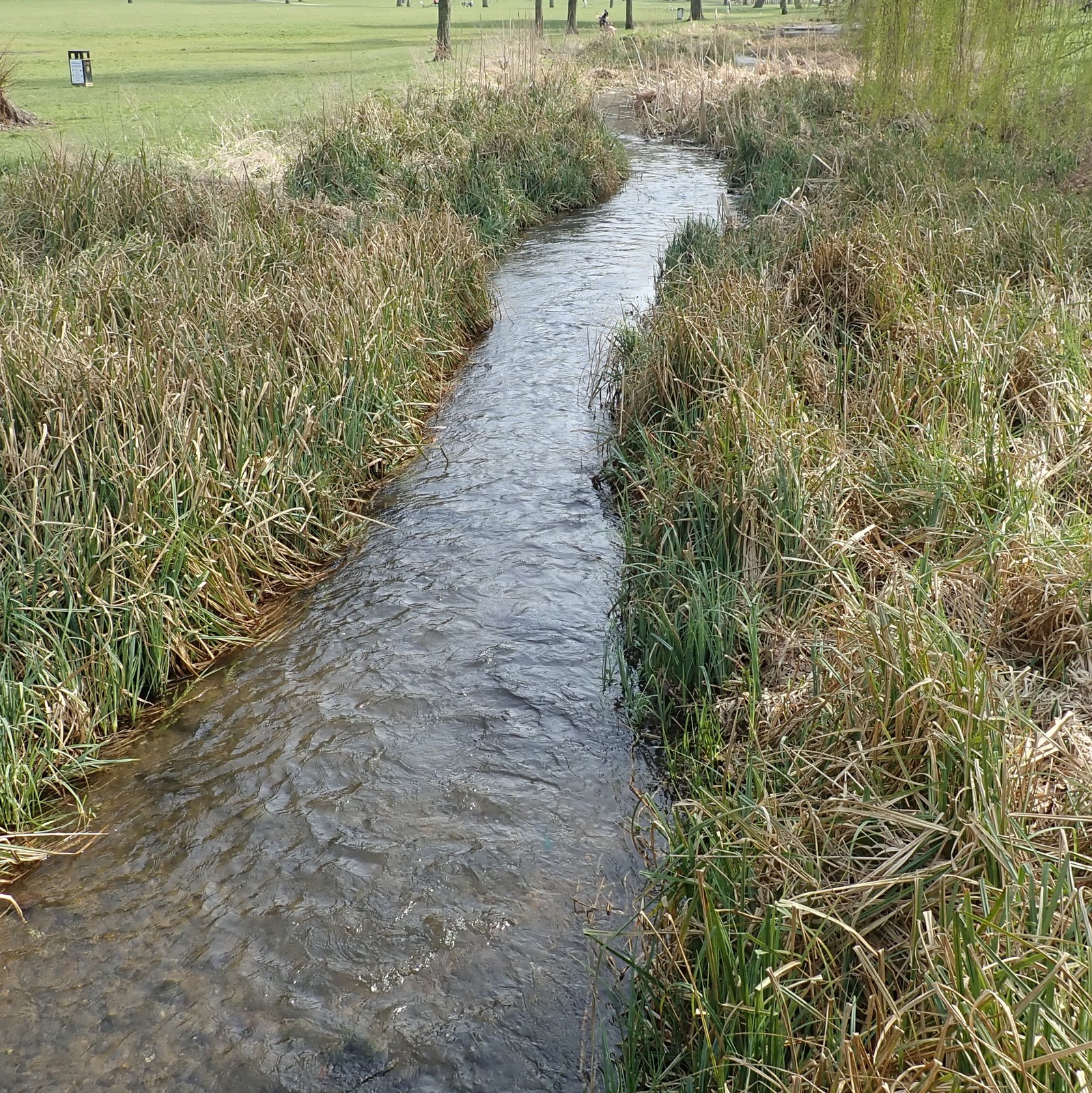
29/4/2022
Per- and polyfluorinated chemicals (PFAS)
have very harmful effects on human health and the environment. They are still
used in numerous everyday products. A team of researchers, from
Helmholtz-Zentrum Hereon investigated water samples from German and Chinese
rivers affected by industrial point sources. They identified almost 60
substances that are overlooked by conventional analysis of well-known PFAS.
Eight substances were detected in the environment for the first time. One
fifth of the investigated blood samples from German children and adolescents
were above the maximum safe level. They identified 86 PFAS – only about
30 of them are routinely analysed by specialized labs, eight substances have
not been reported in the environment before. In the Xiaoqing River, the
globally banned substance PFOA and traditionally non-investigated PFAS, such as
chlorinated PFOA, were the most prevalent compounds. In contrast, replacement
chemicals, such as hexafluoropropylene oxide-dimer acid (HFPO-DA),
4,8-dioxa-3H-perfluorononanoic acid (ADONA) und the degradation product
perfluoromethoxypropanoic acid (PFMOPrA), were the predominant compounds in the
Alz River.
Hanna Joerss et al.; Beyond the Tip of the Iceberg:
Suspect Screening Reveals Point Source-Specific Patterns of Emerging and Novel
Per- and Polyfluoroalkyl Substances in German and Chinese Rivers; Environ. Sci.
Technol. 2022

28/4/2022
SUEZ recycling and recovery UK’s plans to develop the UK’s first carbon capture and storage plant from energy-from-waste at Teesside. SUEZ announced plans to develop a commercial scale carbon capture plant at its Tees Valley facility at Teesside in November 2020 The original project envisaged capturing the carbon dioxide from the facility’s flue gas emissions and transporting this to a geological storage site beneath the North Sea. SUEZ’s plans were given a boost last autumn when the East Coast Cluster, which covers the Teesside and Humber areas, was selected by the Government as one of the UK’s first two low carbon industrial clusters to receive support for deploying carbon capture utilisation and storage at scale. Two carbon capture facilities would be created linked to the existing energy-from-waste plants at Haverton Hill. They would aim to capture 98% of all carbon emissions.
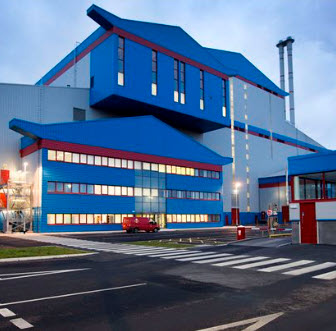
27/4/2022
Idenergie, a Canadian renewable energy company has unveiled
a new hydrokinetic design turbine that harnesses power from flowing water and
converts it to electricity. The river turbine converts the kinetic energy of
the river current into electricity.
Its energy production depends on the water velocity. So, the stronger the current, the more
electricity the river turbine will produce. While solar panels and wind
turbines have been put to the task in most use cases, both systems have
limitations when it comes to power generation. While power output from wind
turbines is highly dependent on wind speeds, solar panels are effectively
non-generative for almost half a day. A turbine placed in water flow can
generate power continuously, day or night. This turbine can generate between
4 to 12 kWh/day depending
on the water velocity available. Many of these types of turbines in the
past have caused disruption to the habitats for aquatic animals and vegetation
systems. However, the company has paid special attention to this common
complaint and picked the Darrieus type rotor that does not harm the ecosystems
and is also made from aluminium, which is easy to recycle.
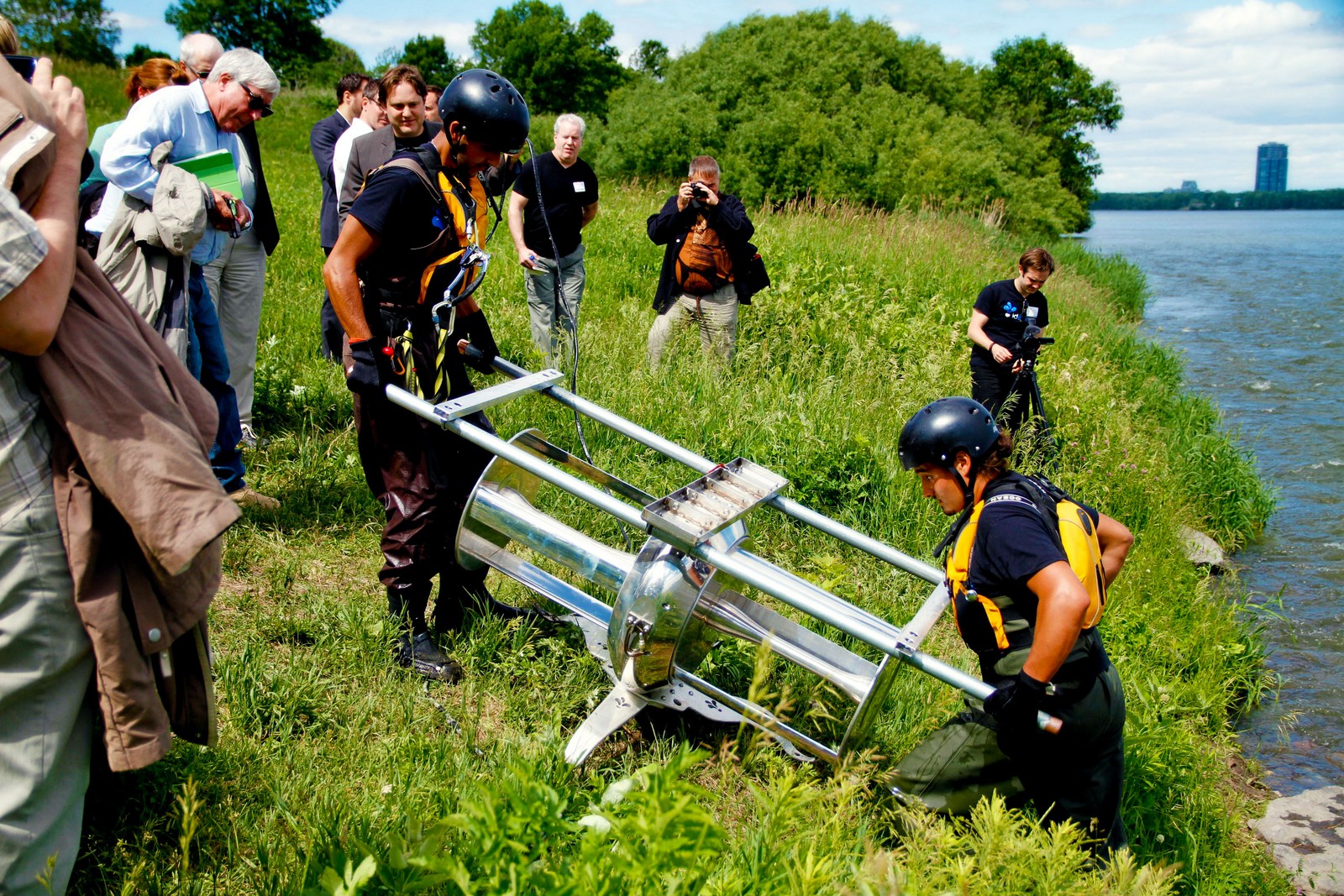
26/4/2022
Many new TV shows and movies use LED walls to create virtual
environments. The Pandemic in the past two years, has transformed the
entertainment industry, forcing studios to rethink the way productions are
planned. Instead of costly scenes filmed on location, withal the costs of
transporting staff all over the world to some exotic location to film a scene,
all of this can now be done in the studio. This means smaller crews and smaller
overheads and this has propelled these virtual productions into the forefront
of the industry, allowing a team to create and environment, back in time, into
the future and travel anywhere on a project without ever leaving the studio. These
virtual sets which replace the traditional green screens can use 2D playback of
photographic footage on LED walls, or 3D tracking that moves with the camera so
the image changes like it would on a real set. Not only are
productions saving a significant amount of money, they are also reducing the
carbon footprint.

25/4/2022
In the summer of 1998, five of China’s longest rivers flooded, killing more than
3,000 people and costing the country at least 11.5 billion yuan (US$1.8
billion) in economic loss. These floods were in part caused by erosion and
denudation of hillsides along major rivers, all caused by the clearing of
forests to make way for arable and industrial land to feed the country. Even
before the devastation was cleared, China banned logging in the basins of the
flood-prone Yangtze and Yellow rivers and ordered trees to be planted on
hillsides, as well as on some of the less successful cropland. The result is
that the amount of forest in the world has increased by 25%, enough that the
difference can be seen from space. As
well as acting as a large Carbon Dioxide Sink for the countries huge industry
this huge investment in tree planting is slowing down the amounts of erosion,
but as we have seen from last years floods in China still much more work needs
to be done in investing in still more tree planting.
Photo Pixabay

24/4/2022
This is Chase Zero, the new high speed chase boat developed
for the Americas Cup, by the New Zealand team. Part of the F1 Sail Grand Prix is to
have a very small carbon footprint and so in this spirit a hydrogen powered
chase boat has been created. This uses hydrogen fuel technology using a pair of
80 kilowatt fuel cells to power this catamaran at speeds of up to 60 mph without
emitting any Carbon dioxide. The two 295 horse power electric motors can take
this 33 foot catamaran, over 100 miles at an average speed of 40 mph. This
catamaran is designed to foil much like the F1 catamaran sailing boats. It is
hoped that this new type of hydrogen powered power boat could become the start
of a hydrogen motor boat revolution.
Photo ETNZ
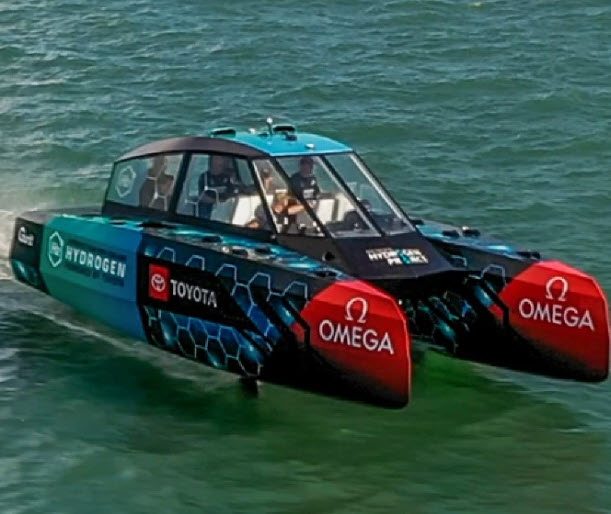
23/4/2022
Researchers from Durham University have
proposed the use of Joule-Brayton pumped thermal energy storage system
for the storage of grid electricity by the use of high-grade thermal energy.
Pumped Thermal Energy Storage (PTES) is believed to have a relatively
high energy storage density and
low installation capital cost and have round-trip
efficiencies between 40%–80%. The most common TES for Brayton PTES
is the packed bed storage, which uses cheap materials such as layers of gravel
or other ceramic media inside insulated tanks. The integration of the storage
media directly into the working fluid stream leads to good heat transfer and
allows the entire system to operate at a single pressure. When energy demands
are low the excess energy is used to heat up the TES and when energy demands
are high the energy can be released and turned back into electricity,
effectively making very cheap battery storage without the batteries. Additional
latent storage was found to have a significant effect on the key features of
the discharge phase. The involved latent storage maintained the temperature of
the exit gas at high level for longer time, and led to a cliff-like drop of the
temperature at final discharge stage. This allowed the storage to completely
discharge and a greater proportion of the stored energy to be returned as
useful work. Moreover, the addition of latent storage brings the LCOS below the
value predicted for pumped hydro storage.
https://www.sciencedirect.com/science/article/pii/S0306261922001623
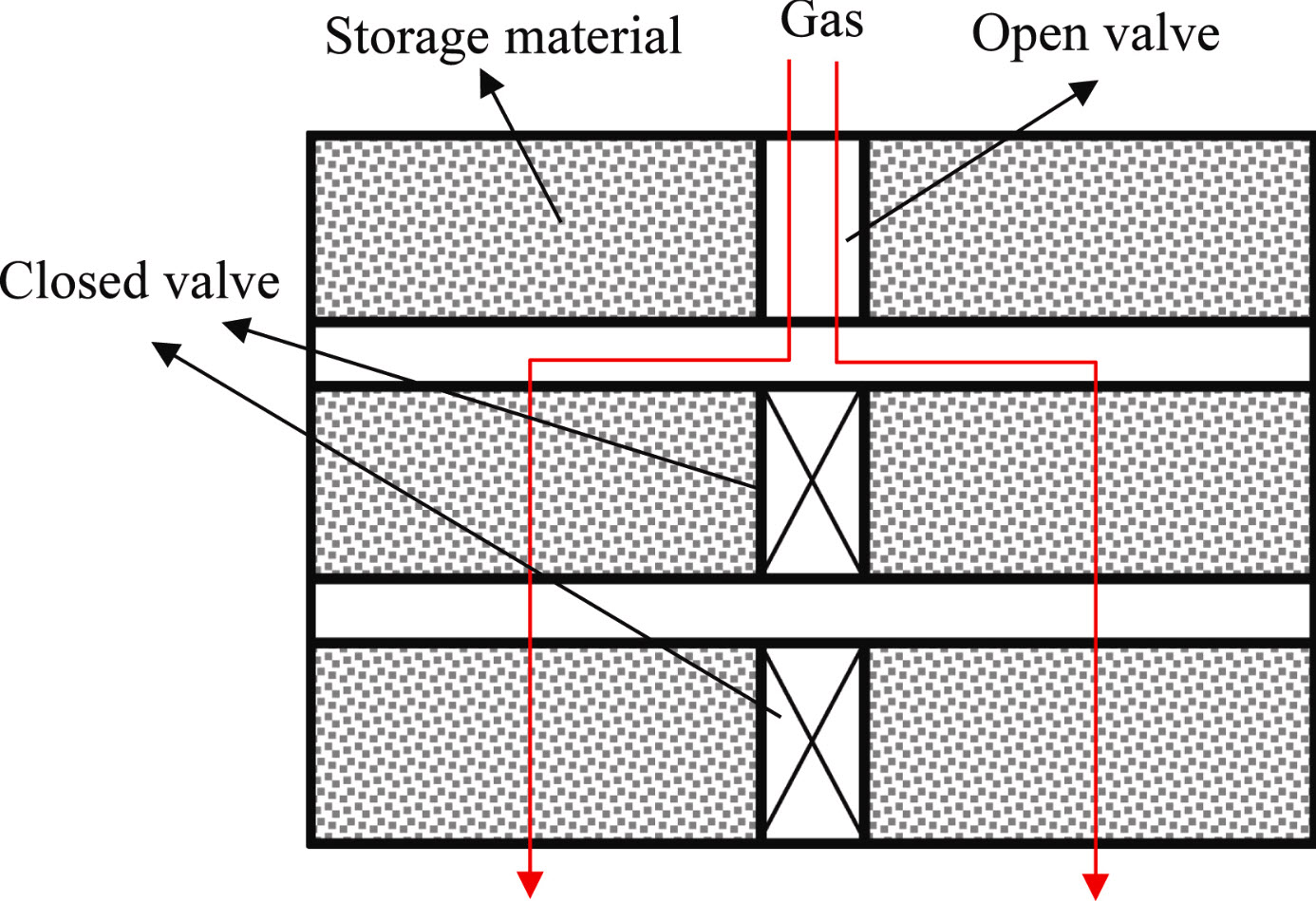
22/4/2022
Micro algae algae that can’t be seen with the naked eye but
these can absorb carbon dioxide and produce oils that can be used as bio fuels.
This is a carbon negative process and work undertaken by the institute of bio
energy and bioprocess technology in the Chinese Academy of Sciences have
discovered that a genetic marker for a sensor of blue light can be used to
regulate oil synthesis. This new technology called blue light induced oil
synthesis could be a major breakthrough. Scientists have long known the oil
production is part of the response of micro algal cells to environmental stress
but the team have discovered that changing the light from white to then blue
light results in the peak productivity of these oils rather than under constant
white light.
Image Zhang, P., Xin, Y., He, Y. et al. Exploring a
blue-light-sensing transcription factor to double the peak productivity of oil
in Nannochloropsis oceanica. Nat Commun 13, 1664 (2022)

21/4/2022
Microalgae are natural biocatalysts of hydrogen production.
Their ability to convert solar energy to valuable compounds with minimal ecological
footprint potentially places them as significant contributors to the
clean-energy transition. Currently, algal hydrogen production, although
promising, is not scalable because it is limited to oxygen-free conditions and
is short-lived due to electron loss to other processes, mainly carbon fixation.
Researchers from Tel Aviv
Universityhave shown that a strain of algae defective in
thylakoid proton gradient regulation, called Dpgr5, bypasses both challenges
simultaneously, leading to a prolonged 12-day hydrogen production in a mixed
energy source environment in a 1-Litre setup. They found that Dpgr5 possess a
repressed ability to fixate carbon and that this limitation is counterbalanced
by an enhanced chloroplast-mitochondrion energetic exchange. This unique
physiology supports the simplistic, yet robust and scalable, hydrogen
production capability of Dpgr5.
https://www.cell.com/cell-reports-physical-science/pdf/S2666-3864(22)00098-4.pdf
Photo Elman et al., Cell Reports Physical Science 3,
100828
April 20, 2022 ª 2022 The Author(s).
https://doi.org/10.1016/j.xcrp.2022.100828

20/4/2022
We see this in the headlines most days – protestors stop this and stop that.
There are marches. There are blockages of roads and trains and oil terminals.
Do these protests do any good. The idea is that they might raise some awareness
– but largely people are aware. And more often than not these protests have the
opposite effect. If you block and oil terminal because of the oil prices then
the oil prices will probably go up. So what can be an effective way to voice
your opinion. At the moment the Governments and Politicians are on our side –
they need to be seen doing something. Writing to them has never been more
worthwhile. Get them on the side of building a better greener future, because
in the end it is them that make the decisions.
Photo Pixabay

19/4/2022
Rice University have discovered
a chemical technique to turn waste plastic into an effective carbon dioxide (CO2) sorbent for industry. Researchers have
found that heating plastic waste in the presence of potassium
acetate produced particles with nanometer-scale pores that trap carbon
dioxide molecules. Sites like power plant exhaust stacks can be
fitted with this waste-plastic-derived material to remove enormous amounts of CO2 that would normally fill the atmosphere. They
have found that polypropylene and high- and low-density polyethylene which are
the main constituents in household waste work especially well for capturing CO2 when treated with potassium acetate.
Pyrolyzing plastic has been done before, but produces toxic waste, whereas this
method using potassium acetate produces porous particles able to hold up to 18%
of their own weight in CO2 at room temperature.
Photo Rice University

18/4/2022
There are just a couple of problems with solar energy the
first is that you can only generate it during the daytime and much of the solar
energy is lost in the atmosphere. The European Space Agency ESA is working on a
concept of collecting the solar power in orbit where the sun is 11 times more
intense then in Europe and then trying to beam this energy down to the ground
for use. This would involve building satellites that can collect the solar
energy but it also involves this idea of beaming power down to the ground. This
beam needs to be very accurate very reliable and retain as much of the power as
possible. Then the energy could be converted into electricity. So this idea is
good in theory but in practise we need to find and efficient way of beaming the
power down and safely capturing and converting it.
Photo ESA
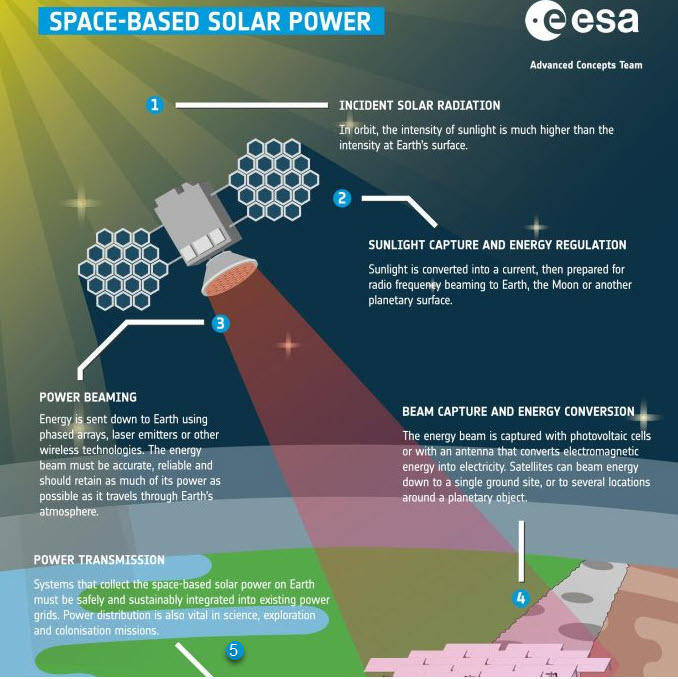
17/4/2022
With the crisis going on in Ukraine and the need to replace
Russian gas very quickly there are sources of energy that can do this. We could
introduce vast solar farms generating more electricity than some of the new
proposed nuclear power stations, however there is a lot of opposition to these
solar farms from rural communities who fear the industrialization of the
countryside. One of these sites is proposed by Sunnica’s in Cambridgeshire. This
is for a large solar and battery storage facility of around 2700 acres however
there is a lot of opposition from the local MPs Lucy Frazer MP and Matt Hancock
MP to this Sunnica’s planned solar farm. At present this plan is in the
consultation stage but already the local authorities are coming up with fairly weak
excuses of why this site and others cannot be built. The objections are that
these projects go too far and not in keeping with the nature of the local areas.
So what do we do do we need this land to help support our food growing
capability’s which is only at 64% or do we use this land to produce electricity
and get a sense of the problems that we’re in. Photo Pixabay
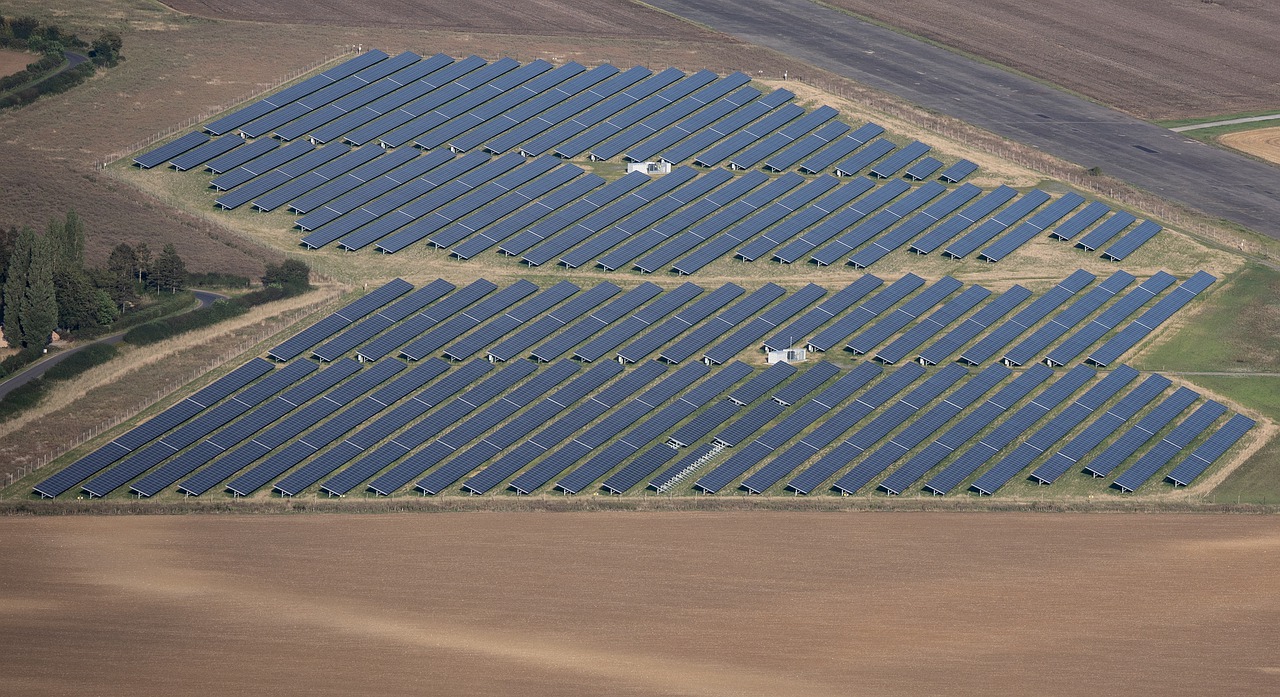
16/4/2022
The
EU is currently planning on quadrupling its green hydrogen import plans for
2030 due to the rising costs of Gas and the War Russia is waging on Ukraine and
all the sanctions imposed. Because of this there is now a huge potential for
exports of green Hydrogen to the EU and other economic regions such as Japan
and South Korea. Over the next five years we will be seeing a great
change in the way the world uses fossil fuels. Before the Russian aggression there
was a move from COP26 to move away from fossil fuels. The war has accelerated
this growth of a green hydrogen requirement and a reduction in the remand for
fossil fuels. It is now up to some
countries to move into the green hydrogen production market to become the new Saudi
Arabia for the next 100 years. There are great opportunities for countries with
the insight and money to invest in green hydrogen production on scale. Maybe
the UK could once again become the power house of the world.
Photo onlinelibrary.wiley.com
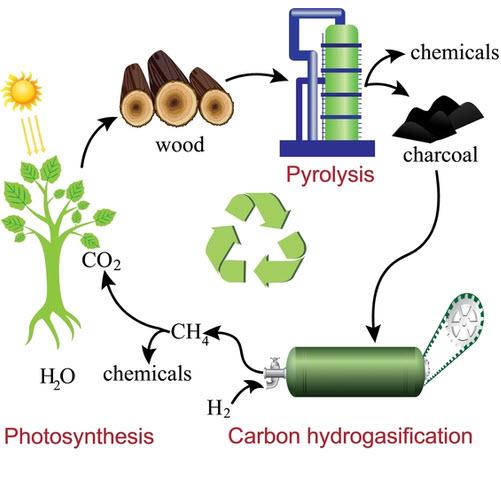
15/4/2022
The
EU is currently planning on quadrupling its green hydrogen import plans for
2030 due to the rising costs of Gas and the War Russia is waging on Ukraine and
all the sanctions imposed. Because of this there is now a huge potential for
exports of green Hydrogen to the EU and other economic regions such as Japan
and South Korea. Over the next five years we will be seeing a great
change in the way the world uses fossil fuels. Before the Russian aggression there
was a move from COP26 to move away from fossil fuels. The war has accelerated
this growth of a green hydrogen requirement and a reduction in the remand for
fossil fuels. It is now up to some
countries to move into the green hydrogen production market to become the new Saudi
Arabia for the next 100 years. There are great opportunities for countries with
the insight and money to invest in green hydrogen production on scale. Maybe
the UK could once again become the power house of the world.
Photo Pixabay

14/4/2022
Using air source heat pumps to heat your water makes sense,
but now gas prices have gone up it is now becoming almost an essential way of
heating a home’s water. Options for heating domestic hot water for most of the
country in the past have come down to a gas boiler which most homes in the UK
have or an electric immersion heater which is costly to run.
There are two alternatives which are starting to take a market
share. The first is solar hot water, a solar panel on the roof, which captures
the heat of the sun to heat the water, and an air source heater which takes
heat from the air and uses that heat to heat the hot water tank by just using a
compressor. Now these systems are eligible for government grants and no Vat on
new installations, the air source heater is making a good sense alternative to
heating the water. These systems do use electricity but only enough to power
the compressor and not supplying the heat, so these systems are quite efficient
and can work when the temperature outside is down to freezing. These systems can
take heat from the air around the outside of a house and extract it, making
even colder air given out and hot water for the home. The
new pumps are very efficient and sustainable, some use the thermal energy to
heat hot water collected via an external air duct or it can be recycle hot air
from within the room where it’s installed.
Photo Vaillant AroSTOR
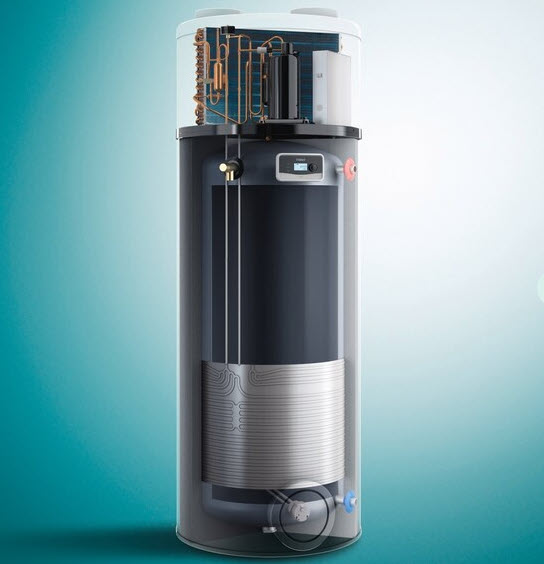
13/4/2022
Britain is a country built on coal and iron or and
surrounded by water and natural gas but anytime it seems that at least one of
these as either run out or is not available. Many of our vintage railways with
their steam engines run on coal. Yet in this country we are not mining coal
anymore and this is a problem for these steam engines which need coal to run.
The next supply source for high energy coal was Russia but this is now not
available so other sources need to be found like Europe or maybe even bringing
this in from Australia which is stupid considering the distances this coal will
have to travel. Many of these steam engines need to run on high calorific coal which
is now found widely in Europe, but I think many of these engines are going to
have to now move onto different smokeless fuels one is being developed from
mixtures of anthracite, coal dust and molasses and the initial results of this have
been promising.
Photo Pixabay

12/4/2022
Recent research has shown that a substantial fraction of
shale gas in some cases more than 25% has been produced by the radioactive
decomposition of organic matter.
This mechanism had been dismissed but now this discovery
could prove crucial for monitoring emissions near fracking sites to ensure that
the potent greenhouse gas methane is not released into the atmosphere. A
mixture of methane and smaller quantities of ethane propane and butane that
makes up natural gas has been traditionally extracted from oil wells but now
there is a need to extract these gases from other sources. Many of the deep
shales found all around the world are also rich in radioactive elements such as
thorium and uranium. The radiation of organic matter by these elements can
produce the radiolytic gases which are ethane propane and some of the heavier
alkanes.

11/4/2022
The Royal
horticultural Society have announced that they are now no longer classifying
slugs and snails as pests they say that they play an important role in
gardening in maintaining a healthy ecosystem. I know as a gardener that slugs
and snails chomp through my runner beans as they come up but as well as doing
this they do a really important job they get rid of a lot of unwanted material
in the garden and they also provide food for birds, hedgehogs and frogs. From the 1st
of April slug pellets can no longer be sold or used in the UK as they provide a
significant risk to birds and other mammals that may enter your garden as well
as household pets. Metaldehyde pellets have long been used as bait to control
slugs and snails but these pellets can severely poison other animals and so
have now been banned. So how
can you get rid of these slugs or snails well one way is to use upturned
eggshells around your plants or to put rough sand around the plants. Or you can plant some of your favourite herbs like chives
garlic or fennel around your favourite plants as these are disliked by slugs
and snails. And what are the best alternatives to have a pond because the frogs
and maybe newts keep the slug population under control.
Photo Pixabay

10/4/2022
Department for Transport (DfT) proposals are for 22% of cars
rolling off forecourts being fully electric-powered from 2024, and increasing
to 52% of all cars by 2028 for this to happen. The targets for vans are 8% in
2024 and 34% in 2028. Is this likely and the answer is probably no as
long as the price of the new cars remains high. The second-hand market in
electric vehicles is really small so it is only the purchase new cars that can
up the number of electric vehicles to half in five years. To many people the
cost of electric cars is still far too high and only a dramatic drop will
change the position. People like me have to be convinced. I have never bought a
new car – driving it off the forecourt costs way too much and a second-hand car
is better value for money. For me I need cheaper cars and ones with a similar
range to a petrol or hybrid car to work for me.
Photo Pixabay
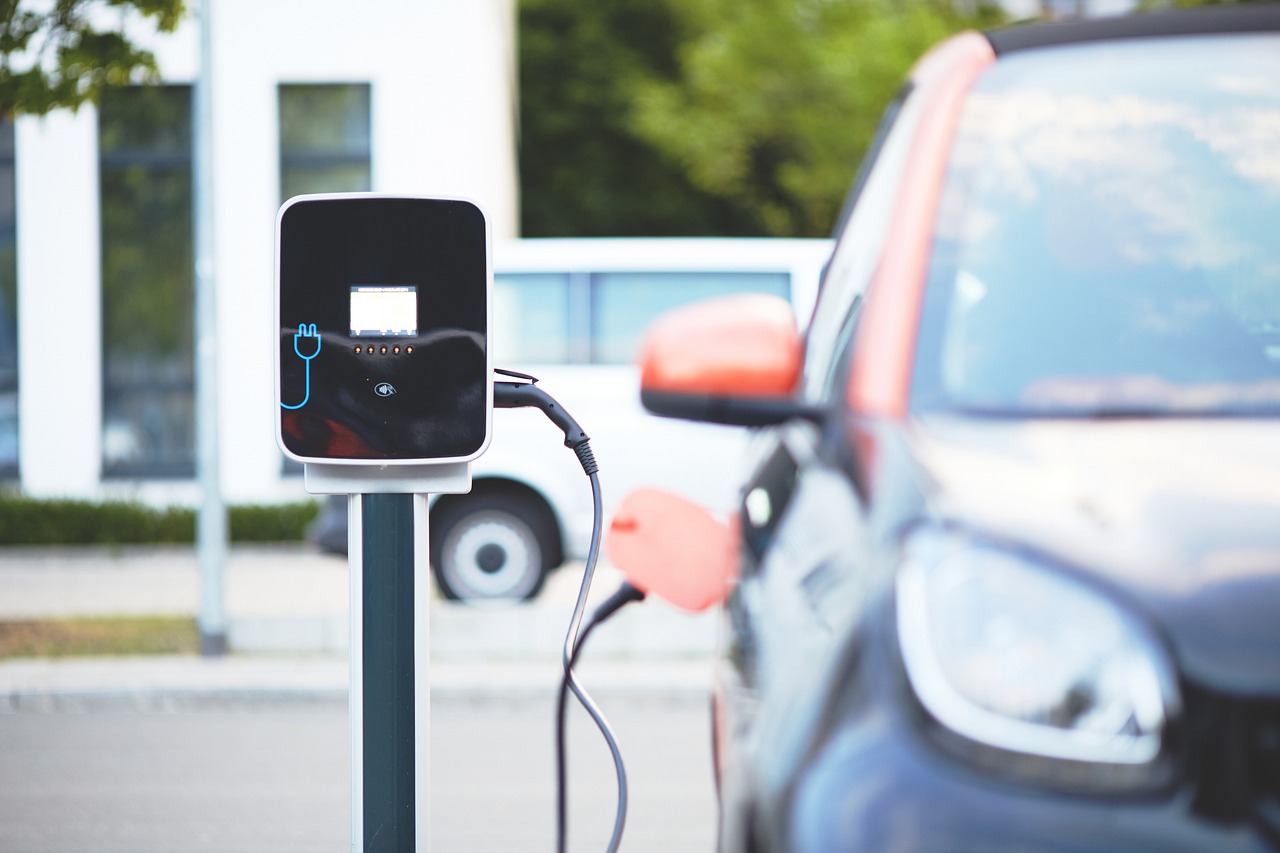
8/4/2022
Depending on your point
of view carbon capture systems being used to prolong the life of fossil fuels
may either be a good or a bad thing. As a good thing it means that the fossil fuels
when they are manufactured and refined carbon capture systems can be used to
reduce the amount of carbon dioxide give out as these are fossil fuels are
prepared for
use. Put the other point of view is that these carbon capture systems may keep
fossil fuels going long after the date when they should have been removed from
the world and plus increase the total amount of CO2 that is added to the
environment.
Photo Pixabay
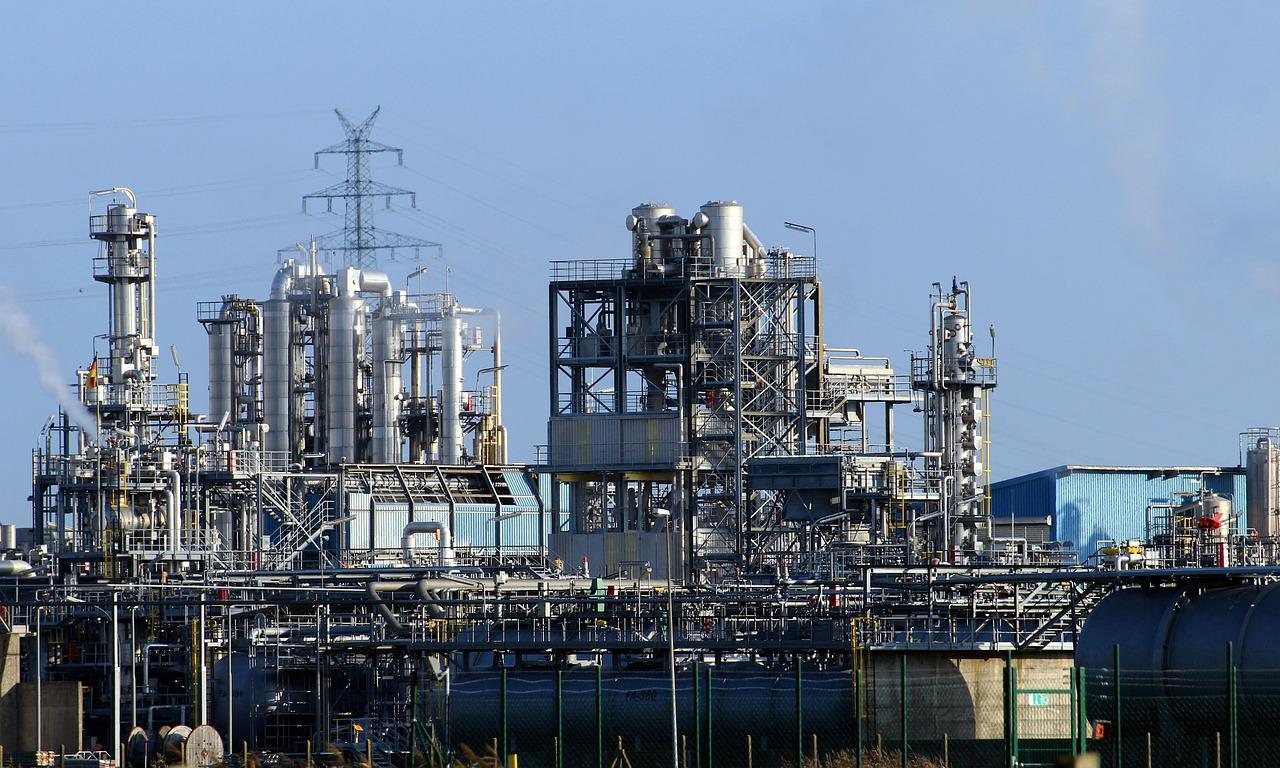
7/4/2022
Between
2000 -2010 worldwide it was proposed that the number of coal plants to be built
was 855. In the decade 2010-2020 of the 855 coal power stations to be built,
only 189 were actually built and the rest cancelled. The reason for this is
that Coal is now much more expensive to burn because of increased Mining and
shipping costs. The price of renewables too has dropped. It is now cheaper to
build a wind farm than a power station with the same power output. But in addition
to this a coal power station will have the cost of the coal to power it to be
supplied and the cost of running a wind turbine is just maintenance. The wind
farm only produces power on windy days whereas the coal power station can
produce power all the time. But installing more wind farms in different locations
means that wind is more or less guaranteed. This sign could hopefully mean the demise
of the coal power station within a few years.
Photo Pixabay

6/4/2022
In order to limit climate change, fast greenhouse gas
reductions are required already before 2030. Ethanol
commonly produced by fermentation of sugars derived either from starch-based
raw material such as corn, or lignocellulosic biomass is an established fuel
decarbonizing the transport sector. A research Team from Lappeenranta-Lahti
University of Technology (LUT) in Finland have developed a novel selective and
flexible process concept for the production of ethanol with electricity and
lignocellulosic biomass as main inputs. The process consists of several
consecutive steps. First synthesis gas from gasification of biomass is purified
by filtration and reforming and fed to methanol synthesis. The produced
methanol is fed to acetic acid synthesis, together with a carbon monoxide-rich
stream separated from the synthesis gas by membranes. Finally, acetic acid is
hydrogenated to yield ethanol. The hydrogen is produced by water electrolysis
and powered by green energy. Countries with a large amount of waste wood
and green electricity, such as Finland or even Canada would benefit from
this technology.
Photo Pixabay
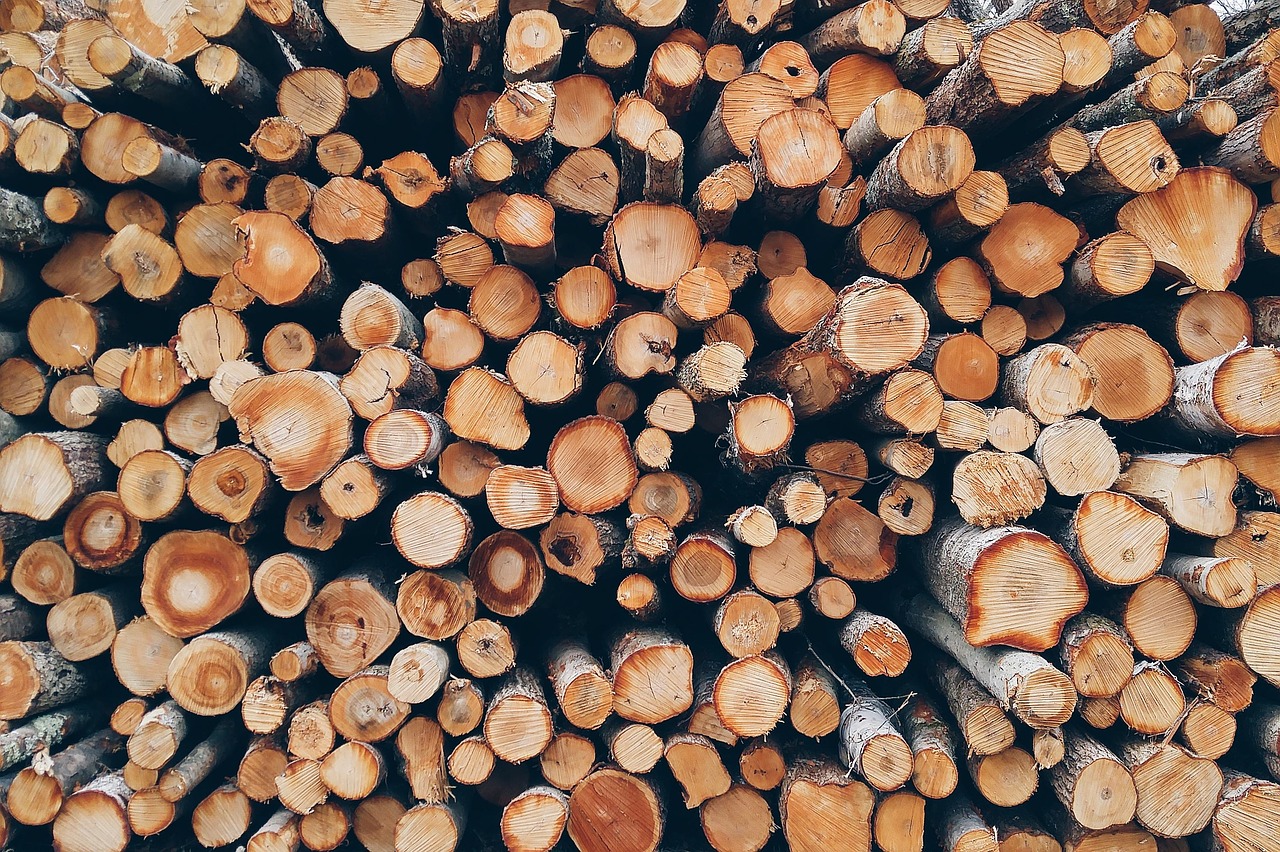
5/4/2022
The
evidence is clear: the time for action is now. We can still can halve emissions
by 2030. Limiting warming to around 1.5°C (2.7°F) requires global
greenhouse gas emissions to peak before 2025 at the latest, and be reduced by
43% by 2030; at the same time, methane would also need to be reduced by about a
third. Even if we do this, it is almost inevitable that we will temporarily
exceed this temperature threshold but could return to below it by the end of
the century. “It’s now or never, if we want to limit global warming to 1.5°C
(2.7°F), without immediate and deep emissions reductions across all sectors, it
will be impossible.” Do Governments have the will or backbone to do it? That is
the real question.
Photo Pixabay
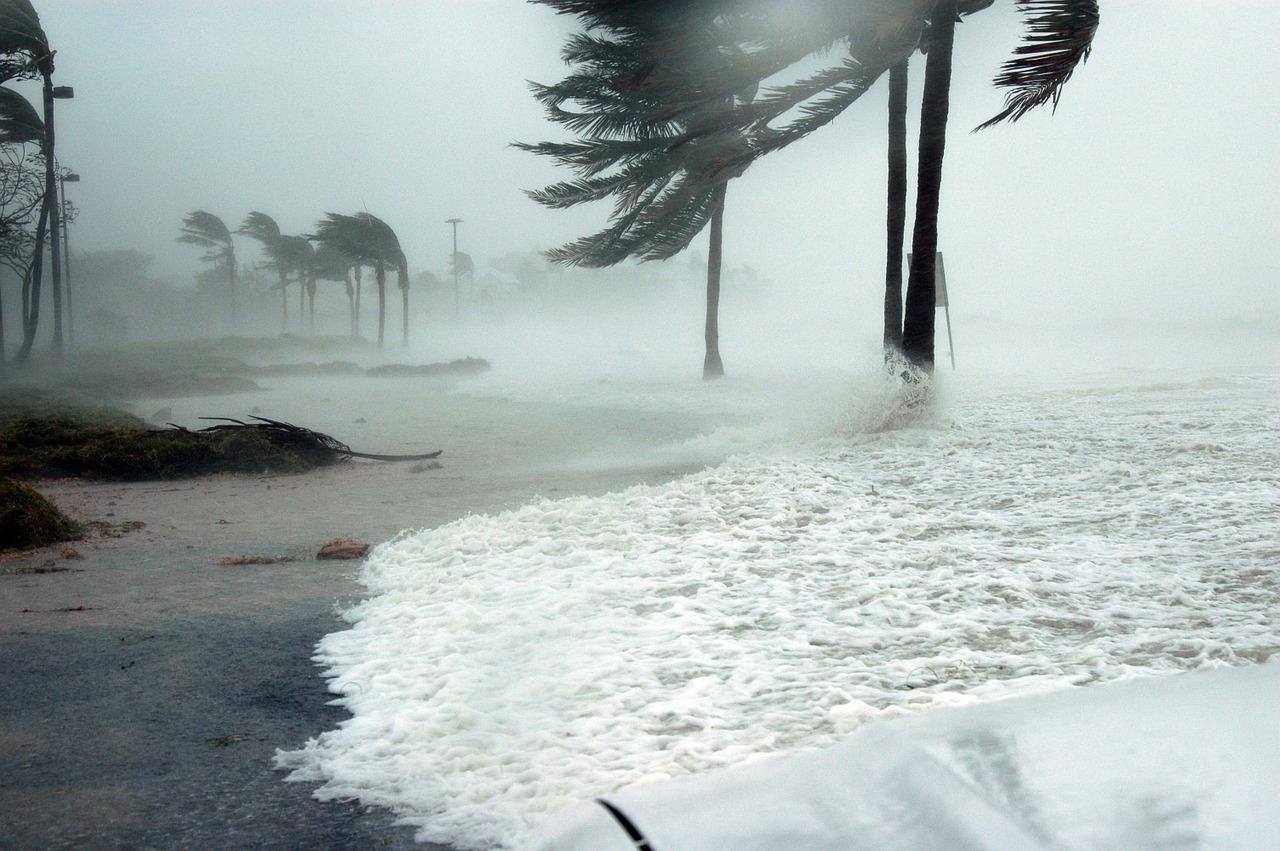
4/4/2022
Researchers from VU
Amsterdam, Deltares and Amsterdam UMC have demonstrated that plastic
particles from the environment have ended up in the human bloodstream.
The results have been published in the scientific journal Environment
International. The
blood was examined for the presence of five different polymers, which are the
building blocks of plastic. The extent to which the individual polymers were
present in the blood was also determined.
Three-quarters
of the test subjects appeared to have plastics in their blood. The research was
the first to prove that plastic particles can end up in the human bloodstream.
Earlier indicators for this came from laboratory experiments. The current
research shows that people absorb microplastics from their environment in their
everyday lives and that the amounts are measurable in their blood.
Polyethylene terephthalate
(PET – in drink bottles), polyethylene – lunch boxes, and polymers of styrene - kitchen tools, were the most common types of
plastic found in the blood samples, followed by polymethyl methacrylate (Acrylic).
Polypropylene was also analysed but the concentrations were too low for an
accurate measurement.
Photo Pixabay
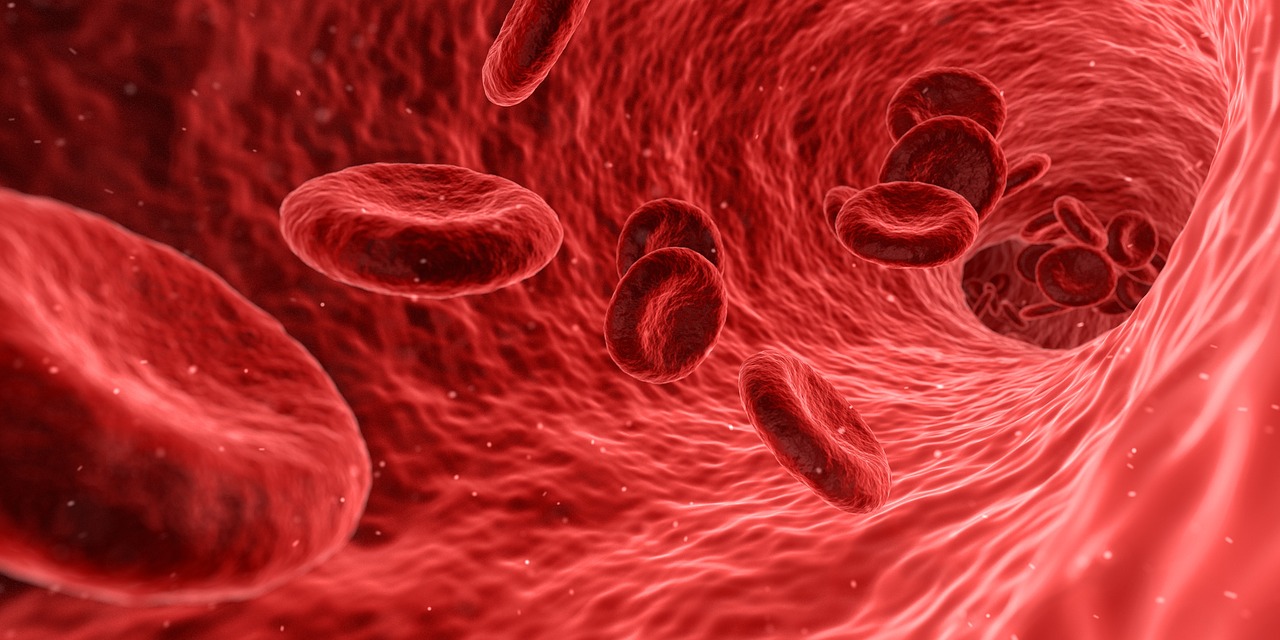
3/4/2022
Ozone may be weakening one of the Earth’s most important
cooling mechanisms, making it a more significant greenhouse gas than previously
thought, research has found. A new study conducted at Reading University, has
revealed that changes to ozone levels in the upper and lower atmosphere were
responsible for almost a third of the warming seen in ocean waters bordering
Antarctica in the second half of the 20th century.
The deep and rapid warming in the Southern Ocean affects its role as one of the
main regions for soaking up excess heat as the planet warms.The majority of
this warming was the result of ozone increases in the lower atmosphere. Ozone –
one of the main components of smog – is already hazardous as a pollutant, but
the research shows it may also play a significant role in driving climate
change in the coming years. Dr Michaela Hegglin, an Associate Professor in
atmospheric chemistry and one of the study’s authors, said: “Ozone close to
Earth’s surface is harmful to people and the environment, but this study
reveals it also has a big impact on the ocean’s ability to absorb excess heat
from the atmosphere. “These findings are an eye-opener and hammer home the
importance of regulating air pollution to prevent increased ozone levels and
global temperatures rising further still.”
Photo Pixabay

2/4/2022
A research team from
Friedrich Schiller University, Jena has developed a molecular photosystem
inspired by nature that generates hydrogen under visible light irradiation.
Nature provides a system of photocatalytic enzymes to create hydrogen.
This research team has tried to mimic this type of system to generate hydrogen
under light excitation. They have used a special iron iron hydrogenase enzyme
two mimic the photosystems but don’t use precious metals but instead rely on
iron. This system is still in its research phase but is showing some promise.
The system doesn’t work in water as yet but with further work they may be able
to find water soluble alternatives in order to harness water as a solvent and
make an effective light driven system for the production of hydrogen.
Photo Wiley online Library
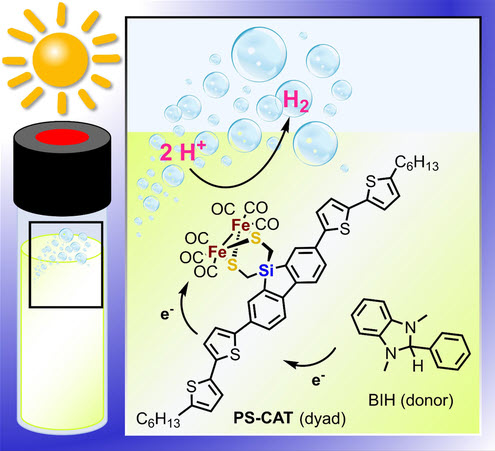
1/4/2022
The promised Fuel price rises
arrive. The cost of Gas increases along with the generation costs of electricity.
We can only wait with dread to see how all this will play out in the coming
months.With many energy sites not coping I took photos of the meter readings. I
time stamped photo might help later if needed.
No VAT on new installations
of renewable energy systems also arrive but be careful on reading all the small
print as to what applies to what.
The only alternatives seem to
be installing a large hamster wheel in the house and power the house by having the
kids run around on it.
Photo Philip M Russell

A better than average month. It started off badly, then improved with a nice warm sunny spell before ending with a sprinkling of snow. View Data
New ways, New technology